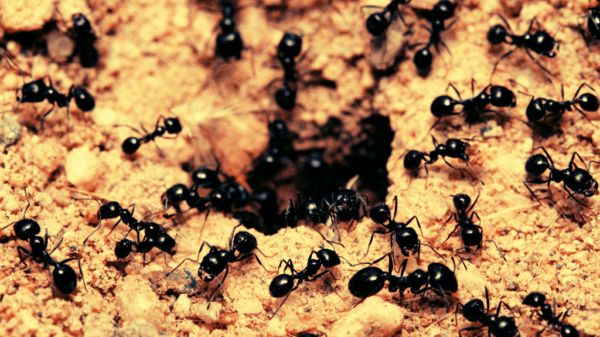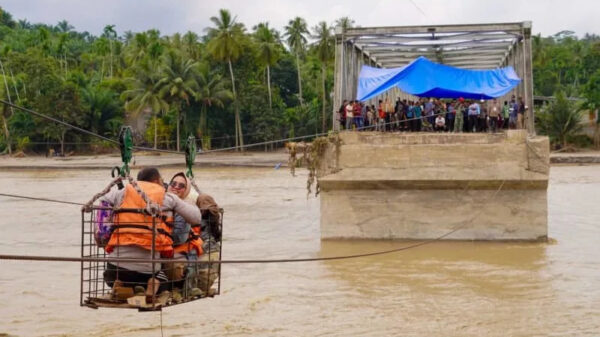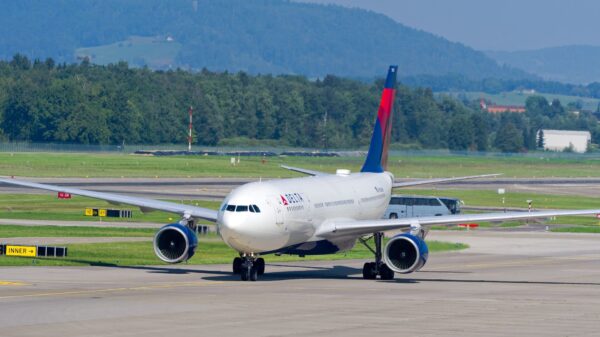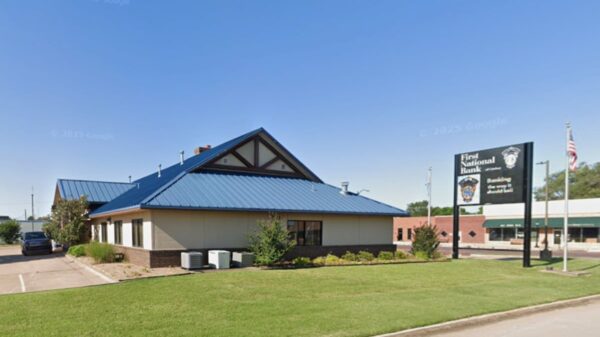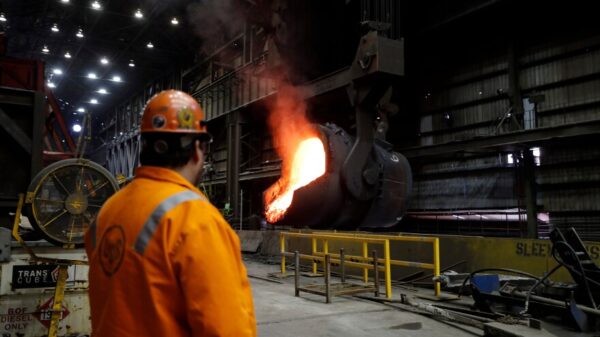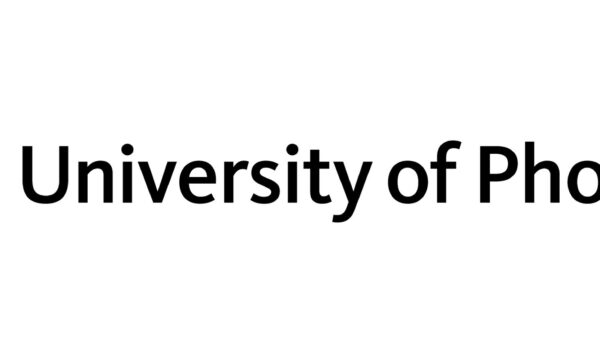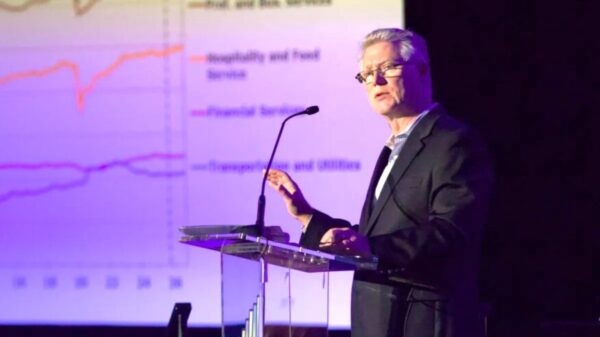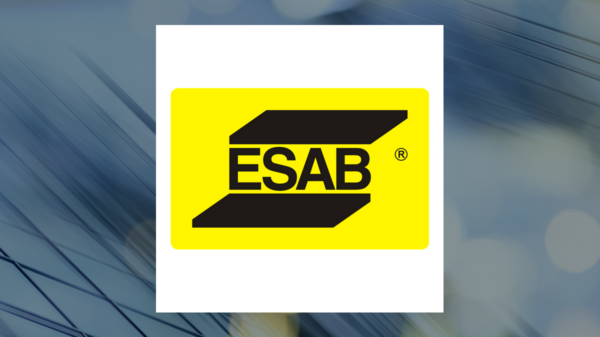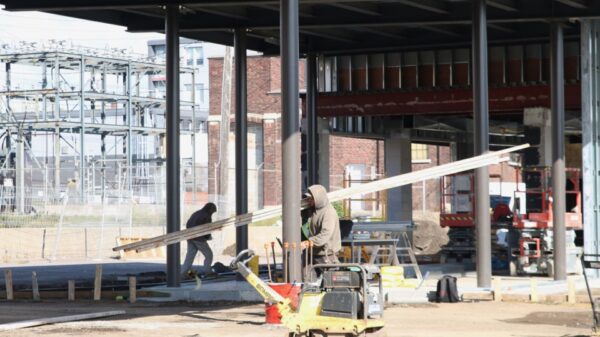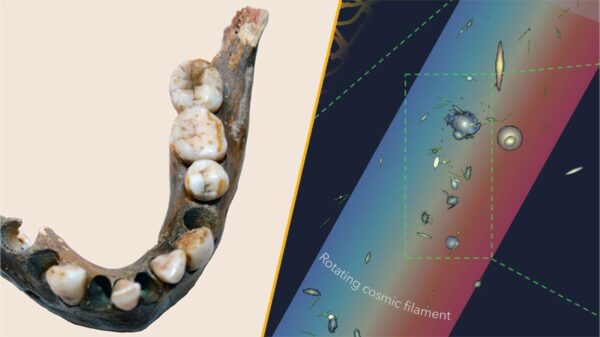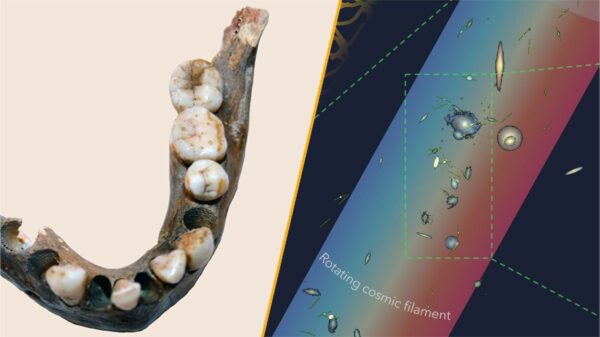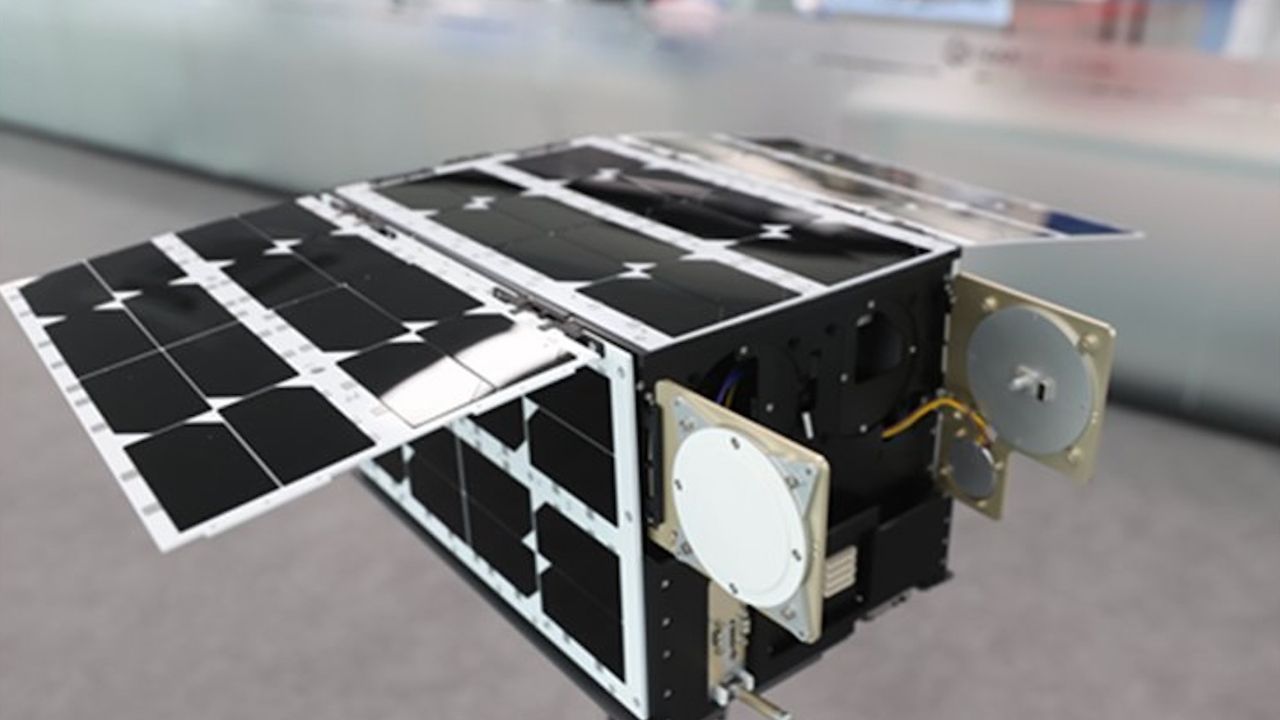South Korea’s K-RadCube satellite has arrived at NASA’s Kennedy Space Center (KSC) in Florida, signaling a significant milestone ahead of its launch on the Artemis 2 mission. The Korea Aerospace Administration (KASA) announced the satellite’s arrival on August 13, 2025, as preparations intensify for the upcoming lunar mission. This mission will send four astronauts around the moon aboard the Orion spacecraft, with a launch window opening no earlier than February 2026 and no later than April 2026.
The K-RadCube is a three-unit, 41-pound (19 kilograms) cubesat designed to measure space radiation levels. It will utilize a dosimeter made from materials engineered to mimic human tissue, enabling it to collect vital data on radiation exposure that astronauts may face beyond Earth’s orbit. This information is crucial for ensuring the safety and health of crewed space missions.
Innovative Technology for Space Exploration
In addition to its radiation measurement capabilities, K-RadCube will carry semiconductor components, including chips from major South Korean technology firms such as Samsung Electronics and SK Hynix. These chips will be assessed for their resistance to radiation in a deep-space environment, providing insights that could inform the design and materials used in future missions.
KASA is among several international agencies contributing cubesats to the Artemis 2 mission. Notably, Germany’s DLR will also send its TACHELES cubesat. While the primary objective of Artemis 2 is to send astronauts around the moon, these cubesats will pursue their own scientific goals during the mission.
Once the Orion spacecraft is safely in high Earth orbit, K-RadCube, along with the other cubesats, will be deployed from an adapter connecting Orion to the upper stage of the Space Launch System (SLS) rocket. This deployment strategy allows the cubesats to initiate their scientific missions independently.
South Korea’s Lunar Ambitions
The K-RadCube launch is part of South Korea’s broader aspirations in space exploration. In addition to participating in Artemis 2, KASA aims to deploy a robotic lander on the moon by 2032, with plans to establish a lunar base by 2045. These ambitious goals reflect South Korea’s commitment to advancing its presence in the international space community.
As preparations for Artemis 2 progress, the Orion spacecraft recently completed propellant loading at KSC. It will soon be equipped with an emergency escape system, further solidifying readiness for this historic mission.
The collaboration between NASA and international partners like KASA underscores the global effort to explore lunar and deep-space environments. K-RadCube’s journey marks an exciting chapter in both South Korea’s space endeavors and the Artemis program’s ongoing legacy in human space exploration.





